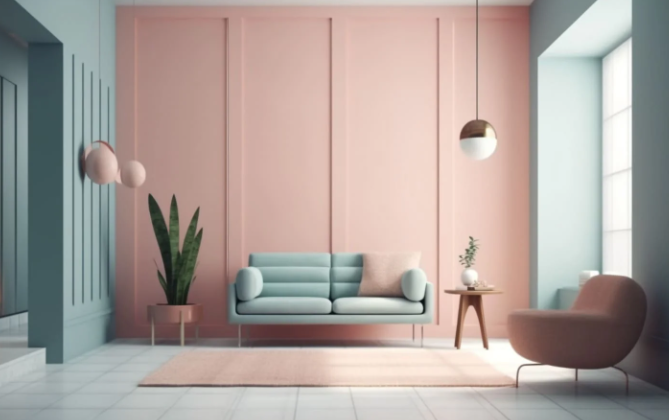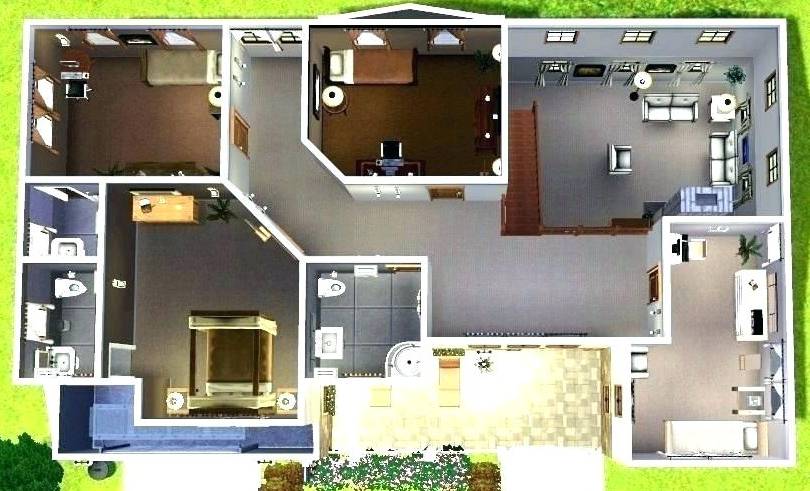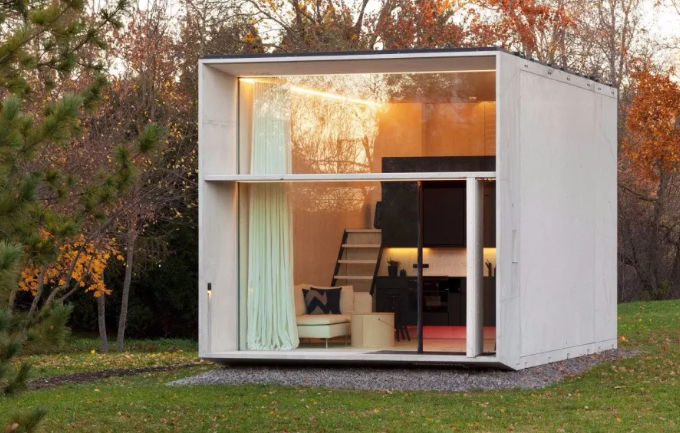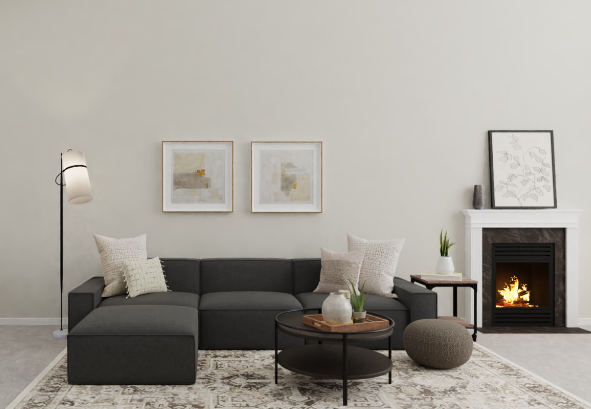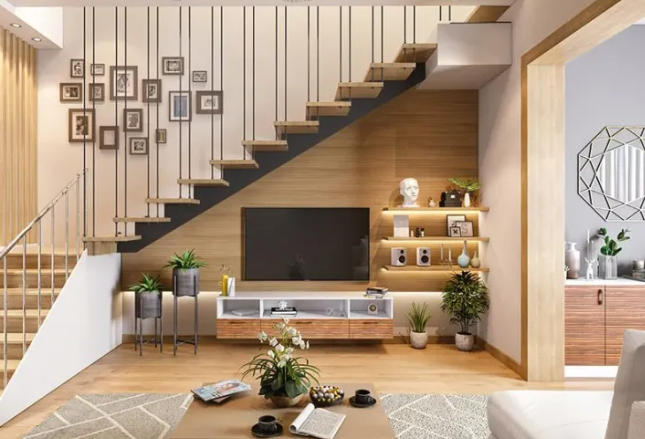In a world increasingly aware of environmental issues, adopting a sustainable lifestyle has become more crucial than ever. One of the most impactful ways to contribute to a greener planet is by incorporating eco-friendly practices into your home decor. Not only does this approach help reduce your carbon footprint, but it also creates a unique and stylish living space that reflects your commitment to sustainability. In this article, we’ll explore top eco-friendly home decor ideas, delve into their design pros and cons, and provide innovative tips for a greener home.
Why Choose Eco-Friendly Home Decor? 🌍
Choosing eco-friendly home decor is about more than just aesthetics—it’s about making choices that benefit both you and the environment. Here are some compelling reasons to opt for sustainable decor:
- Environmental Impact: Eco-friendly materials and practices reduce waste, lower carbon emissions, and decrease the depletion of natural resources.
- Health Benefits: Many sustainable products are free from harmful chemicals, improving indoor air quality and creating a healthier living environment.
- Unique Aesthetic: Sustainable materials often bring a unique and natural beauty to your home, offering a fresh and distinctive look.
Top Eco-Friendly Home Decor Ideas 🌟
1. Repurposed and Upcycled Furniture ♻️
Transforming old furniture into new treasures is a cornerstone of eco-friendly decor. Upcycling not only extends the life of furniture but also adds a personal touch to your space.
Design Pros:
- Customizable: Upcycled furniture can be customized to fit your unique style and needs.
- Cost-Effective: Repurposing items can be a budget-friendly alternative to buying new furniture.
- Environmental Impact: Reduces waste and decreases the demand for new resources.
Design Cons:
- Time-Consuming: The process of upcycling can be labor-intensive and time-consuming.
- Quality Variability: The quality of upcycled furniture can vary based on the materials used and the skill of the upcycler.
2. Sustainable Materials for Flooring 🌱
Choosing sustainable flooring options like bamboo, reclaimed wood, or cork can significantly reduce your home’s environmental footprint.
Design Pros:
- Durability: Many sustainable flooring options are highly durable and long-lasting.
- Aesthetic Variety: Offers a range of styles and finishes to suit different decor preferences.
- Eco-Friendly: Often made from renewable or recycled materials.
Design Cons:
- Cost: Some sustainable flooring options can be more expensive than traditional materials.
- Maintenance: Certain materials may require special care or maintenance to keep them looking their best.
3. Energy-Efficient Lighting 💡
Switching to energy-efficient lighting solutions like LED bulbs or solar-powered fixtures can significantly reduce your energy consumption.
Design Pros:
- Energy Savings: LED bulbs and solar lights consume less energy and can lower your electricity bills.
- Longevity: LED bulbs have a longer lifespan compared to traditional incandescent bulbs.
- Variety: Available in various styles and brightness levels to match your decor.
Design Cons:
- Initial Cost: Energy-efficient lighting options can have a higher upfront cost.
- Light Quality: Some people may find that the light quality of LED bulbs differs from traditional bulbs.
4. Organic and Non-Toxic Textiles 🛋️
Opt for textiles made from organic cotton, linen, or bamboo. These materials are grown without harmful chemicals and are often more sustainable.
Design Pros:
- Healthier Environment: Organic textiles are free from harmful chemicals and dyes.
- Soft and Comfortable: Many organic fabrics are known for their softness and comfort.
- Sustainable Production: Often produced using environmentally friendly methods.
Design Cons:
- Price: Organic textiles can be more expensive than conventional options.
- Availability: May be harder to find or require special ordering.
5. Indoor Plants for Air Purification 🌿
Incorporating indoor plants into your decor not only adds a touch of nature but also helps improve indoor air quality.
Design Pros:
- Air Quality: Plants can help filter pollutants and improve indoor air quality.
- Aesthetic Appeal: Adds natural beauty and freshness to any room.
- Stress Reduction: Studies have shown that indoor plants can reduce stress and enhance well-being.
Design Cons:
- Maintenance: Plants require regular care, including watering, pruning, and repotting.
- Allergies: Some people may have allergies to certain plants or soil.
Innovative Ideas for a Greener Home 🌟
Smart Home Technology for Energy Efficiency 🔋
Integrate smart home technology to manage energy use and improve efficiency. Smart thermostats, lighting systems, and appliances can be controlled remotely to reduce energy consumption.
Pros:
- Convenience: Allows you to control your home’s energy use from anywhere.
- Cost Savings: Can lead to reduced utility bills through optimized energy use.
- Enhanced Control: Provides detailed insights into your energy consumption.
Cons:
- Cost: Initial setup can be expensive.
- Complexity: Requires familiarity with technology and may involve a learning curve.
DIY Eco-Friendly Projects 🔨
Get creative with DIY projects that use recycled or repurposed materials. From handmade decorations to furniture upcycling, DIY projects can be a fun and sustainable way to enhance your home.
Pros:
- Personal Touch: Adds a unique and personal element to your decor.
- Cost-Effective: Often less expensive than buying new items.
- Creative Expression: Allows for creativity and customization.
Cons:
- Skill Required: May require specific skills or tools.
- Time Investment: DIY projects can be time-consuming.
Sustainable Home Decor Brands 🌟
Support brands that prioritize sustainability and ethical practices. Look for companies that use eco-friendly materials, implement fair labor practices, and engage in responsible manufacturing processes.
Pros:
- Ethical Choices: Contributes to supporting environmentally and socially responsible businesses.
- Quality: Many sustainable brands offer high-quality, well-designed products.
- Transparency: Often provides clear information about sourcing and production practices.
Cons:
- Price: Products from sustainable brands can be more expensive.
- Limited Options: May have fewer options compared to mainstream brands.
Conclusion 🌟
Embracing eco-friendly home decor ideas is a powerful way to contribute to a more sustainable lifestyle while enhancing the beauty and functionality of your living space. By opting for repurposed furniture, sustainable materials, energy-efficient lighting, organic textiles, and indoor plants, you can create a home that reflects your commitment to the environment. Incorporate smart home technology, engage in DIY projects, and support sustainable brands to further align your home with eco-friendly values. Every small change makes a difference, and together, we can create a greener future for ourselves and the planet. 🌍✨
